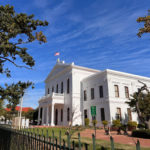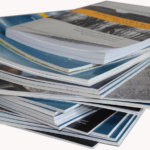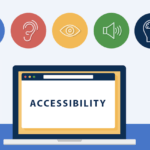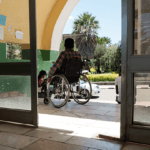Make Libraries Inclusive
The need to access libraries is not one that we need to contend. Libraries provide us with a vast resource of knowledge whereby a student can access books, journals, periodicals, newspapers and other learning resources.
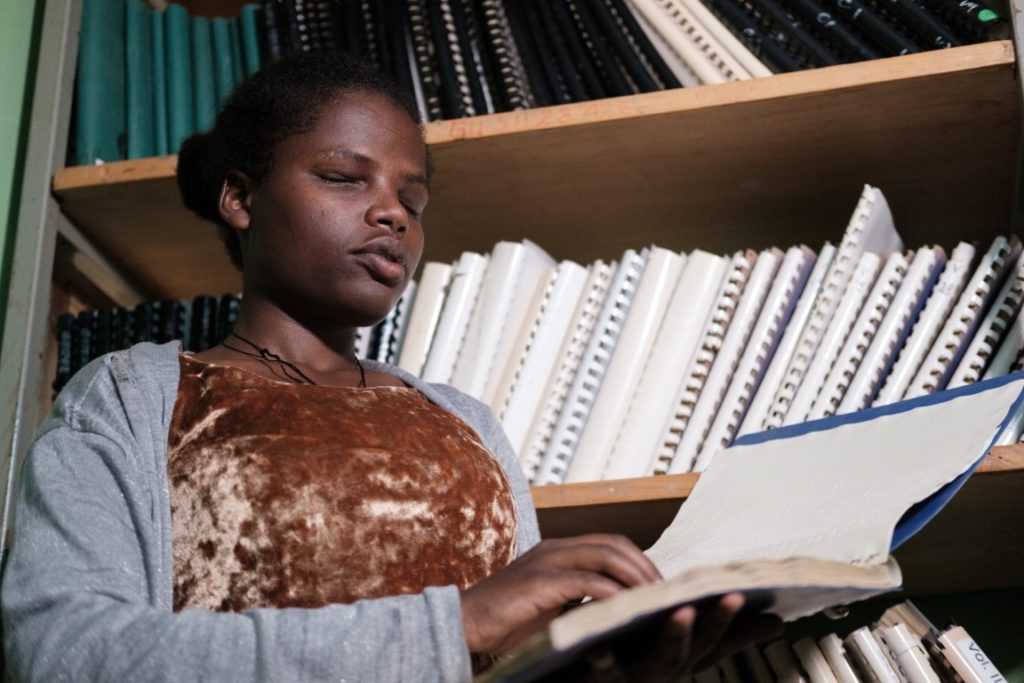
Today with the advent of digital libraries, collections are stored in digital formats which are accessed using computers, smart phones and tablets. To make the library inclusive ensure that persons with disabilities have equal access to both the physical and digital library.
By making libraries accessible and inclusive, we will not only address the needs of the low vision to blind people, people faced with hearing challenges and physical challenges, but can also address the needs of people with cognitive disabilities.
How can we make an Inclusive Library?
Most people think that making a library accessible is a Herculean task. In simple terms, making a library accessible is a three-pronged approach.
Most university libraries provide internet access as well as access to digital libraries. So how can we make all of this accessible to students with disabilities?
- Magnification
A large number of people with low vision, learning disabilities as well as the elderly benefit from magnification support.
- Screen Reader and Screen Magnification Support
screen readers and screen magnification support must be provided for blind students.
- Alternate Input Devices
In addition to the normal keyboards and mouse, it would be good to have an adaptive keyboard along with an adaptive mouse or switches, so that people faced with physical challenges can also access the services of the library. Providing the choice to members of the library will be an added advantage that can benefit persons with disabilities.
- Alternate Format Services
People with disabilities might require books in different formats such as Braille, large print, digital talking book (DAISY format), etc. It is important that these books are provided in the requisite
- Accessible Website and Digital Library
Websites of the library or the digital library must conform to the Web Content Accessibility Guidelines (WCAG) as outlined by the World Wide Web Consortium (W3C).
Physical Access
It is great to provide the books and resources in an accessible format, in a similar fashion it is important to ensure there is physical access to the library facilities. By physical access one would mean that any person irrespective of their physical, sensory or cognitive abilities is able to access and use all sections of the library independently, safely and comfortably.
While retrofitting physical access into a library, there are various components of the building that need to be looked at. Also unlike the common belief physical access not only benefits people with physical impairment, but also enables people with sensory and cognitive disabilities.
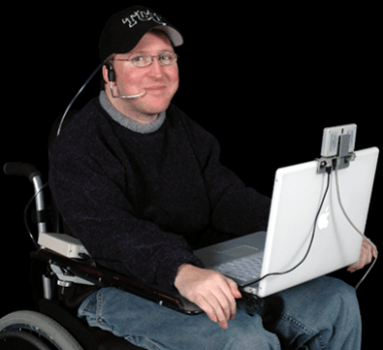
Having just an accessible entrance will not make the service accessible. Considerations need to be given to simple aspects such as ensuring that people with vision impairments are able to negotiate within the library without hitting against obstacles, people with hearing impairments are able to receive all the information they need, people with cognitive disabilities are able to find their way between similar looking book stacks. Also as important as thinking of the accessible entrance to the facility is the accessible egress plan from the building in times of an emergency for people with disabilities.
Some basic components that may require consideration are:
- Parking and Accessible Pathway
Reserved parking may be designated and designed as per accessibility guidelines closest to the entrance of the library to enable people with mobility impairments to reach the library without having to walk much. Also an unobstructed pedestrian route may be identified from the main gate till the entrance of the library.
- Entrance
The entrance of the library must be easy to identify by people with vision and cognitive impairments. There must be a step free route leading to the library for the benefit of mobility impaired persons.
- Internal Circulation
Having a clear obstacle free circulation routes can be very beneficial for cognitive and visually impaired persons. All circulation routes need to be wide enough and step free to allow easy motion by mobility impaired persons. Also the layout of the library should be simple around the circulation path so that it’s easy to find all sections.
- Accessible Furniture
Design and height of all tables whether they are used at the staff desks or for reading by patrons, are important to be looked at to ensure people with mobility impairments are able to use them as easily the others. Also important are the book stacks, their height and placement. It may be useful to have chairs of varying design and seating heights with a couple with armrests and some without to facilitate persons who may have problems standing from a sitting position.
- Toilet
Every library must have at least one toilet adapted for disabled persons. This toilet needs to be larger in area with a wider door entrance, to accommodate people using wheelchairs. The heights of sanitary fixtures may differ from the regular toilet facility also having handrails for support around the fixtures is important.
- Circulation and Information Desks
All staff desks available to facilitate the patrons must be easy to locate. The desks must be of adjustable heights or be at split levels to enable staff to address people using wheelchairs or short people. There may be a use of loop induction units to communicate effectively by people with hearing impairments. Also all informational material available for the patron must be available in alternate formats of Braille, Large print and audio.
- Signage
Appropriately designed signage and way finding system must be put from the main gate to all sections of the library. Good signage goes a long way in making people independent in there interaction and use of various facilities within the premises. Good informational and directional signage can aid people with hearing impairments in finding their way around and using the library. Signage system must be so designed that even people with vision impairments can benefit from it.
- Emergency evacuation
While all libraries would already have evacuation systems and requirements already addressed, but a few additions to these such as have alarm systems that are both audible and visual, having refuge areas identified with wheelchair waiting spaces, having exit step free exit routes etc may be important to have to ensure safety of disabled patrons.
Services & Communication
As we sometimes say, service can help to bridge the gap which at times exists. It is therefore important to ensure that the services and communication that meet the needs of persons with disabilities and the elderly are made available.
- Sensitizing training for the staff – All staff should be given information about impairments and new staff should be informed as a part of their orientation. Short ‘disability sensitization trainings’ can be very useful in preparing the staff.
- Special services to patrons with disabilities – Special services may be offered to persons who are not able to come themselves to the library. This could mean a home delivery service, or postal service.
- Providing information to patrons with disabilities – The library may offer guided tours through the library for both individuals and groups of users with special needs at the time of their joining the library. Also information booklets with clear information on procedures followed by the library to assist disabled patrons may also be provided in alternate formats.

